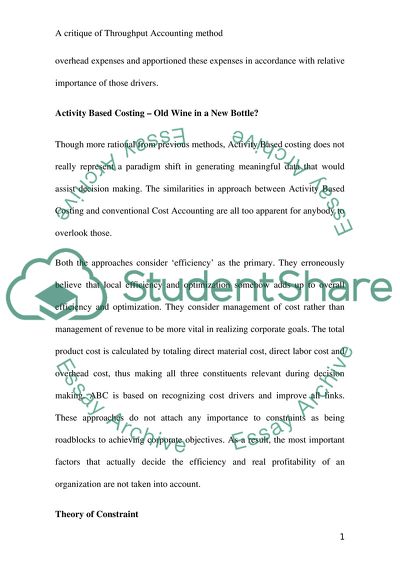Cite this document
(“Throughput Accounting: A Critique of This New Method of Accounting Admission/Application Essay”, n.d.)
Throughput Accounting: A Critique of This New Method of Accounting Admission/Application Essay. Retrieved from https://studentshare.org/finance-accounting/1555422-throughput-accounting-see-details-below
Throughput Accounting: A Critique of This New Method of Accounting Admission/Application Essay. Retrieved from https://studentshare.org/finance-accounting/1555422-throughput-accounting-see-details-below
(Throughput Accounting: A Critique of This New Method of Accounting Admission/Application Essay)
Throughput Accounting: A Critique of This New Method of Accounting Admission/Application Essay. https://studentshare.org/finance-accounting/1555422-throughput-accounting-see-details-below.
Throughput Accounting: A Critique of This New Method of Accounting Admission/Application Essay. https://studentshare.org/finance-accounting/1555422-throughput-accounting-see-details-below.
“Throughput Accounting: A Critique of This New Method of Accounting Admission/Application Essay”, n.d. https://studentshare.org/finance-accounting/1555422-throughput-accounting-see-details-below.


